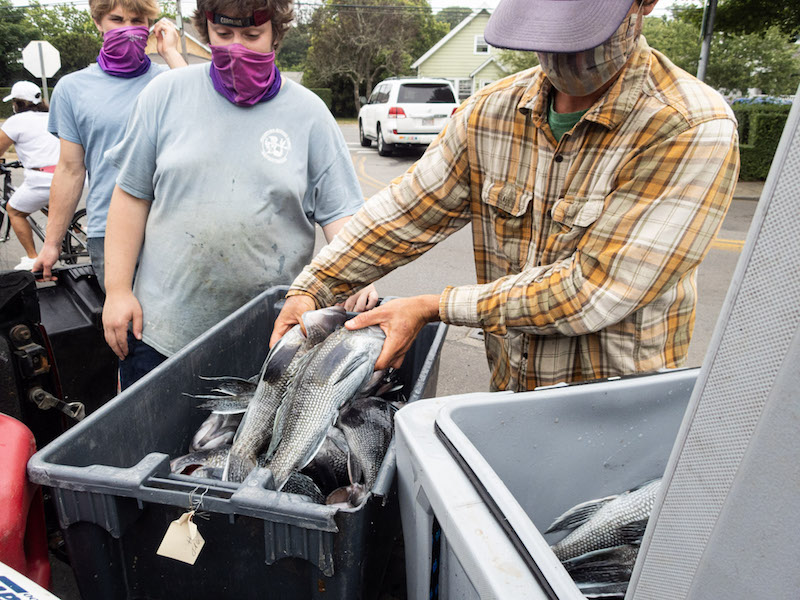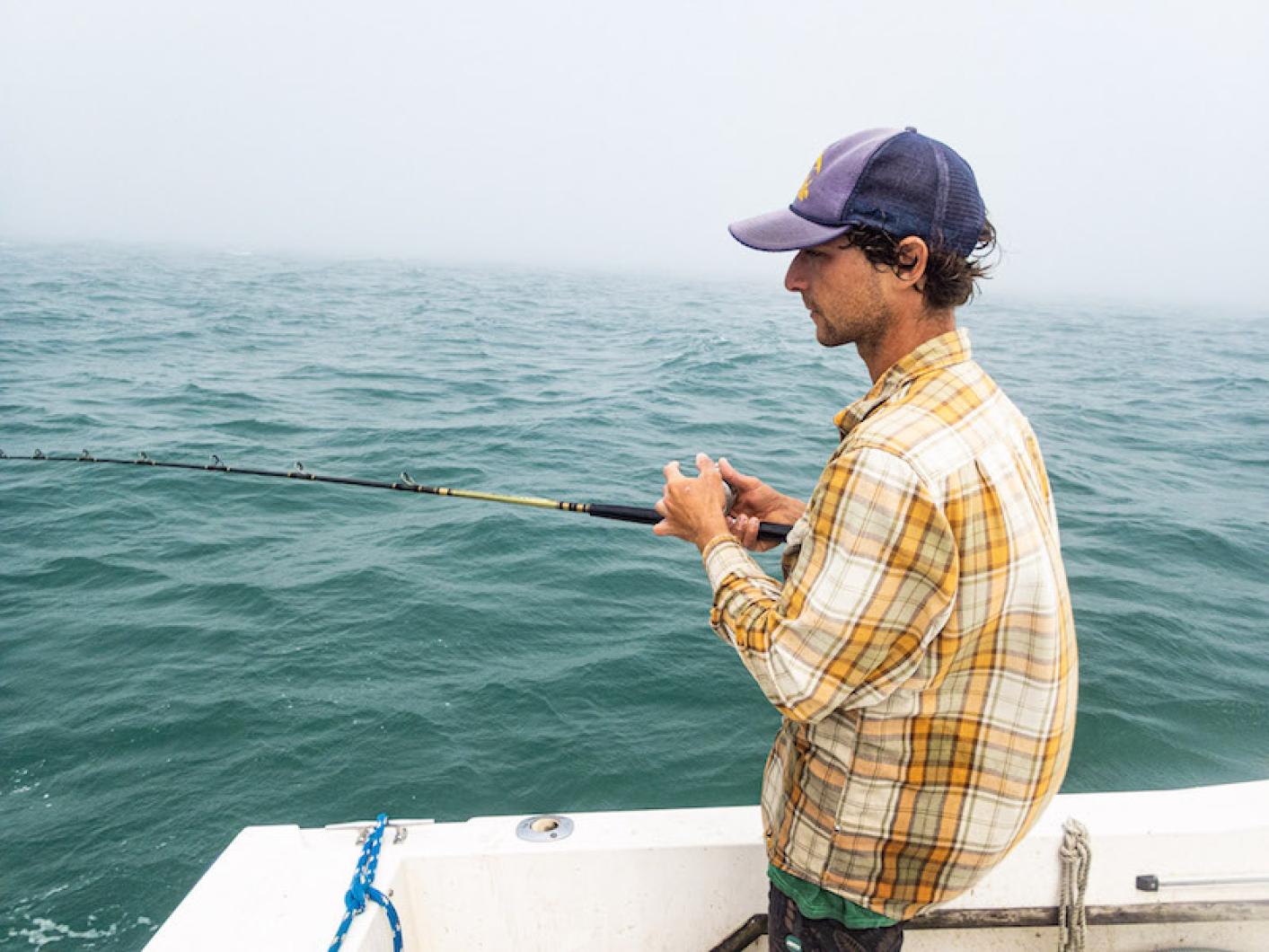After a slow start to the summer, the state Division of Marine Fisheries has proposed extensions to the commercial striped bass, black sea bass and summer flounder seasons, hoping to add additional fishing days and adjust catch limits for fishermen as fall approaches.
The DMF is proposing to add Tuesdays and Thursdays to the commercial striped bass season starting Sept. 1. The agency is then planning to add Fridays, Saturdays and Sundays starting Oct. 2 — which would allow commercial striped bass fishing every day of the week.
A similar change has been proposed for the black sea bass fishery, with DMF planning to add Mondays and Wednesdays in September and expand the season to seven days per week in October. The DMF is also proposing to increase the commercial pot limit from 400 to 500 pounds per week.

The DMF also wants to increase the summer flounder limit from 400 to 600 pounds for trawlers on August 23, then expand to 1,000 pounds come Oct. 4 and eliminate all closed fishing days.
A public comment period for the proposed changes is now open. Comments can be addressed to DMF director Dan McKiernan and can be submitted by email at marine.fish@mass.gov.
In-season extensions to the state’s commercial fishing limits are routine during late summer, when the state assesses the season’s catch relative to remaining quota numbers.
But the Covid-19 pandemic has caused particular hardship for commercial fishermen this summer, challenging their ability to get on the water and creating new difficulties for the sale and offloading of catch. The DMF said in a release Monday that the pandemic factored into the proposal to extend the striper, sea bass and summer flounder seasons - especially as all three were currently well below their allowed seasonal quotas.
“In response to fishery performance and quota utilization so far in 2020, and with consideration of market impacts resulting from the Covid-19 pandemic, DMF is proposing in-season adjustments to 2020 commercial fishing limits for striped bass, black sea bass, and summer flounder,” the release said. “The purpose of proposed actions is to provide active commercial fishermen with additional access to these quota managed fisheries during the fall. This will let these businesses fish around worsening seasonal weather, which typically has a limiting impact on commercial fishing effort. They will also allow for commercial fishermen to have greater access to remaining quotas.”
As of August 1, 2020 approximately 25 per cent of the state’s 735,240-pound 2020 striped bass quota had been taken, 20 per cent of the state’s 728,565-pound 2020 black sea bass quota had been taken and 48 per cent of the 786,399-pound 2020 summer flounder quota had been taken, the release said.
Earlier this year, with striped bass stocks dwindling, the DMF lowered the commercial quota by approximately 100,000 pounds from 2019 levels. The decline in striped bass stock has occurred precipitously in recent years. After reaching quota in from 2009 through 2017, the commercial striper fishery only landed 88 per cent of its quota in 2018. In 2019 that number dipped to 67 per cent, according to numbers on the DMF website.
By this time last year, striped bass fishermen had landed approximately 50,000 more pounds of striped bass than 2020 numbers.
In mid-winter, the storied Martha’s Vineyard Striped Bass and Bluefish Derby made the decision to remove striped bass from the 2020 competition, citing the decline in striped bass stock and conservation efforts to preserve the species.
Commercial black sea bass fishermen have reached their quota every year since 2019, according to numbers from the DMF. The quota was dramatically expanded in 2020, from approximately 530,000 pounds to 728,000 pounds.







Comments (13)
Comments
Comment policy »